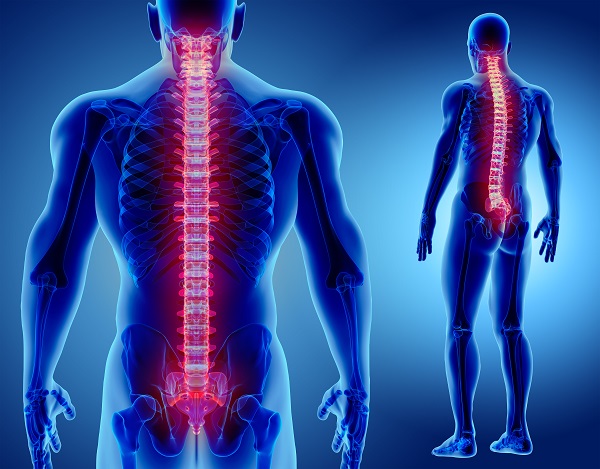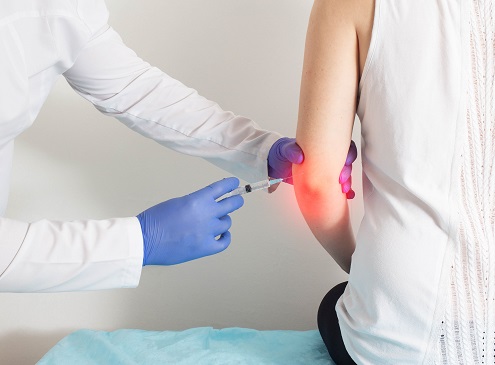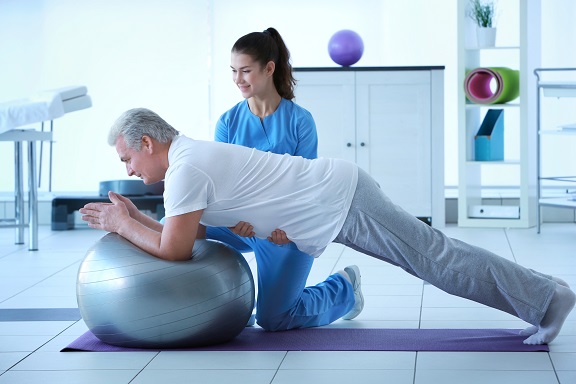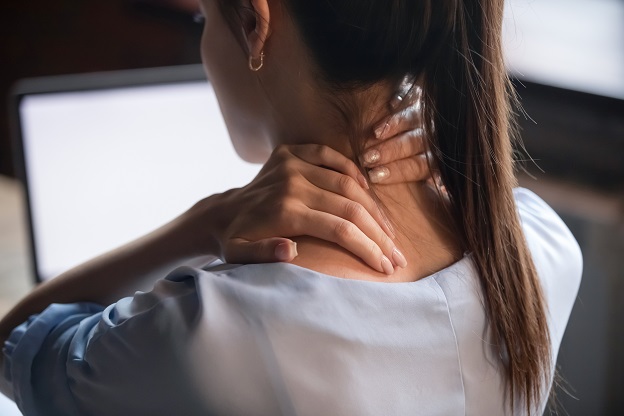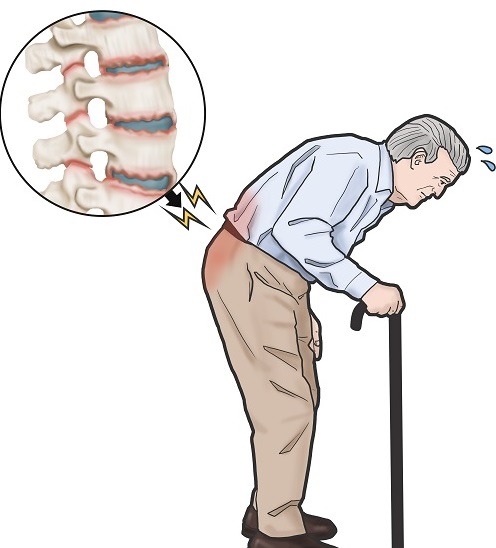Spinal Cord Injuries and Rehabilitation
Spinal cord injuries are the general name of injuries caused by trauma or other causes of nerve tissue (medulla spinalis) of the central nervous system located inside the spine. Spinal cord and nerves in a healthy person play a role in the movement of the arms and legs and the perception of the senses in the brain, providing nerve conduction between the arms, legs and brain. If there is an injury to the spinal cord for any reason, this can cause sensory loss in the body, complete or partial movement losses, i.e. paralysis.
Spinal cord injuries are more common in young adult men. The most commonly reported causes of spinal cord injuries include motor vehicle accidents (36-48%), violent incidents (5-29%), falls (17-21%), sports and entertainment activities (7-16%). In general Turkey data published in 2000, traffic accidents (48.8%), falls (36.5%), cutting tool injuries (3.3%), firearm injuries (1.9%) and shallow water jumps (1.2%) were reported. In general, many spinal cord injuries are associated with preventable causes. If spinal cord damage is in the waist and chest area, there is a loss of strength in both legs and this is called "paraplegia". If spinal cord damage is in the neck area, there is a loss of strength in both the arms and legs, which is called "tetraplegia".
What are acute treatment approaches?
Morbidity and mortality of traumatic spinal cord injuries in Turkey are especially high in the acute period following the injury. The first treatment approach for patients with spinal cord injury is to prevent nerve damage of the patient and then to prevent complications that may arise due to nerve damage. The optimal environment should be provided for the healing of the spinal cord tissue immediately after the injury and secondary injuries should be prevented. For this purpose, surgical stabilization or spinal orthosis (corset with steel underwire) is used. Although there is no conclusive evidence to support the benefits of early or late surgery in spinal cord injuries, early decompressive surgery approach is increasing in acute spinal cord injury. Moving to the rehabilitation stage in the early stages following the surgical and medical stabilization of the patient is very important to prevent future complications and to provide the patient with a life that is satisfactory from an individual and professional point of view and without health problems.
What is done in rehabilitation and what are its purposes?
The treatments and methods applied in the rehabilitation center should be carried out by team members specializing in the branch. The rehabilitation team should include a physiotherapist, rehabilitation nurse, psychologist, social worker and orthosis-prosthesis specialist together with the Physical Therapy and Rehabilitation specialist. The main goal of rehabilitation is to be able to live the patient's life without needing anyone else, to adapt to the working environment and social environment again.
In order to prevent joint contractures and pressure wounds that are seen due to inactivity during acute periods of injury, the patient needs to be positioned properly in the bed and the joints should be moved by the auxiliary person at regular intervals. The shoulders are held in the functional position of the hands and fingers (with the support of the armpit pillow.Hip joints are extended and put in 10 degree absorption position, knees are put in extension position and ankles and feet are put in 90 degrees dorsiflexion position.Hand and foot orthosis is used when necessary. In order to prevent pressure sores due to inactivity in patients, it should be taken care to change position every 2 hours, use of air mattresses, clean and dry skin, and no wrinkles and wrinkles on the sheets.
Urinary and defecation problems occur as a result of spinal cord injury. In order to empty the patient's urine in the early period, a permanent probe is applied into the bladder. However, the intermittent probe method should be introduced as soon as possible instead of the permanent probe application. For defecation, the patient should be seated in the toilet every morning and bowel training should be started. Patients should be followed up by a rehabilitation nurse for neurogenic bladder and bowel training.
In the extremity muscles, which are loose immediately after injury, stiffness and resistance to movement begin to develop over time. If these contractions, called spasticity, disrupt the daily activities of the patient, cause difficulty in the bladder discharge of the patient, prevent the positioning of the patient, cause the development of pressure sores, negatively affect walking function, should be treated. There are oral spasticity-reducing drugs and intra-muscular injection (botox application) methods for spasticity treatment.
Due to inactivity in the early period, intravenous clot formation may occur as a result of lakes of blood in the legs. In order to prevent the formation of clots in the legs, blood thinners, varicose veins and sedentary legs should be moved at regular intervals with the help of a person. Sudden swelling, pain and heat increase in the legs are indicative of clot formation in the veins and need urgent treatment. If the diagnosis is delayed and left untreated, it can lead to fatal complications such as pulmonary embolism.
Besides the above mentioned complications, there are other complications such as autonomic dysfunctions, respiratory problems, heterotopic ossification, neuropathic pain, sexual dysfunctions and psychological problems. Prevention of complications in patients is essential. For this purpose, patients need to be closely monitored by the rehabilitation team.
In the patient exercise room, sitting balance, standing balance, upper and lower extremity ergometry, bed-to-wheelchair and chair-to-bed transfer studies, walking activities are performed first in the parallel bar and then with the auxiliary device outside the parallel bar. With the help of visual electronic devices, virtual reality modules and muscle stimulator, existing muscle activity and strength are tried to be increased. Activities such as dressing, undressing, wheelchair use are given to the patient.
New methods are being developed in the light of technological developments in order for patients to gain independence in their daily lives. For example, robotic walking systems that can be used in walking trainings of patients have started to be used today. A more modern rehabilitation service can be offered to patients with the conveniences provided by innovations called assistive technology.
